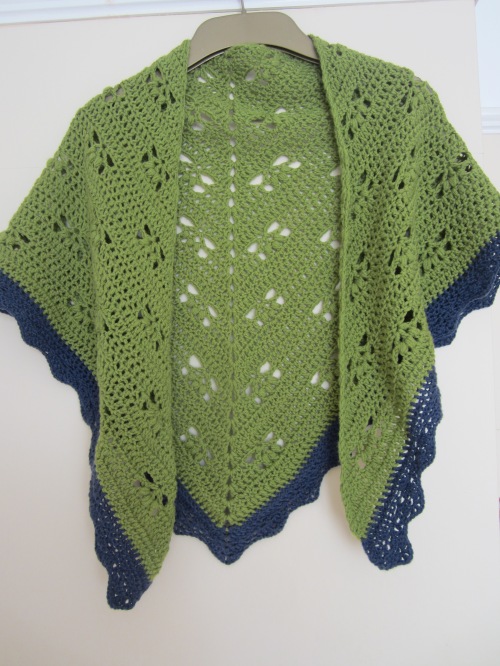It’s funny how quickly your view about the weather can change. Last year I would have said that anything below zero Celsius was too cold for me to venture out for long and a good reason to jump into the car for the school run (ok, I pretty much drove all of the time, no matter what the temperature was). This year, having survived temperatures of -20, ice on the inside of the windows and about 2 feet of snow for well over a month, I’m saying things like ‘It’s really warmed up’ when its anything near 0!
The warmer weather has already got me thinking ahead to Spring and Summer and making sure that we make the most of the sunshine and all that it brings. I’m looking at planting a lot more this year. Vegetables, fruit and flowers and I’m planning to do a whole lot of preserving.
When we lived in England, I made a lot of hedgerow jams, windfall chutneys and jellies out of whatever I could get my hands on. I’ve always enjoyed preserving and was sad to leave all of my preserving books behind, not to mention my jam pans. I knew though that my preserving journey would continue in Canada. I looked forward to canning, pickling, drying and last Summer didn’t disappoint.

When I posted this picture a few weeks ago on Instagram of some fruit leather I had made, Lynda (sultanabun) and Christine (Winwickmum) was asked if I would write up the recipe, which I’m more than happy to now, although it’s not really a recipe at all.
I’ve made fruit leather before and always used the same principles for pretty much any fruit. The fruit leather above is plum but I have made apple and blackberry before too.
To start, I chop up the fruit, remove any cores or stones and put it in a big pan with minimal water. Really juicy fruit doesn’t need any water at all.
Heat it up and when it’s just softened, so not for long at all, remove it from the heat and puree the mix with a handblender. At this point the mixture can be sieved to remove little seeds or any skins but I didn’t sieve this plum mixture. At this point I taste for sweetness and add sugar to taste along with a squeeze of lemon. Return to the heat for about 5mins. (I have read that you should use honey and not sugar as the sugar can cause the fruit leather to be brittle but I’ve not found that to be a problem).
The mixture is then poured into shallow trays lined with cling film (microwave safe) or silicone sheets. You don’t want to make it too deep otherwise it takes ages to dry out. If you have an oven that has a light you can leave the trays in the oven with the light on. If not, on its lowest setting with the door slightly open. Or you can dry the fruit leather in the sun (if you are lucky to have some). I left mine in the oven on 110F (43C). You do not want to cook the leather so I check mine regularly and rotate the trays if I see one side is drying faster than the other. Basically the leather is ready when you can touch it and it is no longer sticky, about 8 hours later.
Once its cooled completely, peel off the cling film and cut the leather into strips and lay on parchment paper and roll. I made a lot of fruit leather last summer so I froze whole sheets rolled up and this seems to have worked fine.
There are lots of recipes online for fruit leather. Some use spices or honey or both, try whatever you fancy. I’d love to hear what you make if you have a go.
I didn’t just make fruit leather last year. There was also this

and this

and pickled walnuts, cherry rum and a lot of dried fruit (grapes, cherries, plums).
This year we will definitely be making a lot more pickles and juices as well as more of the above. Roll on Summer!
x





















